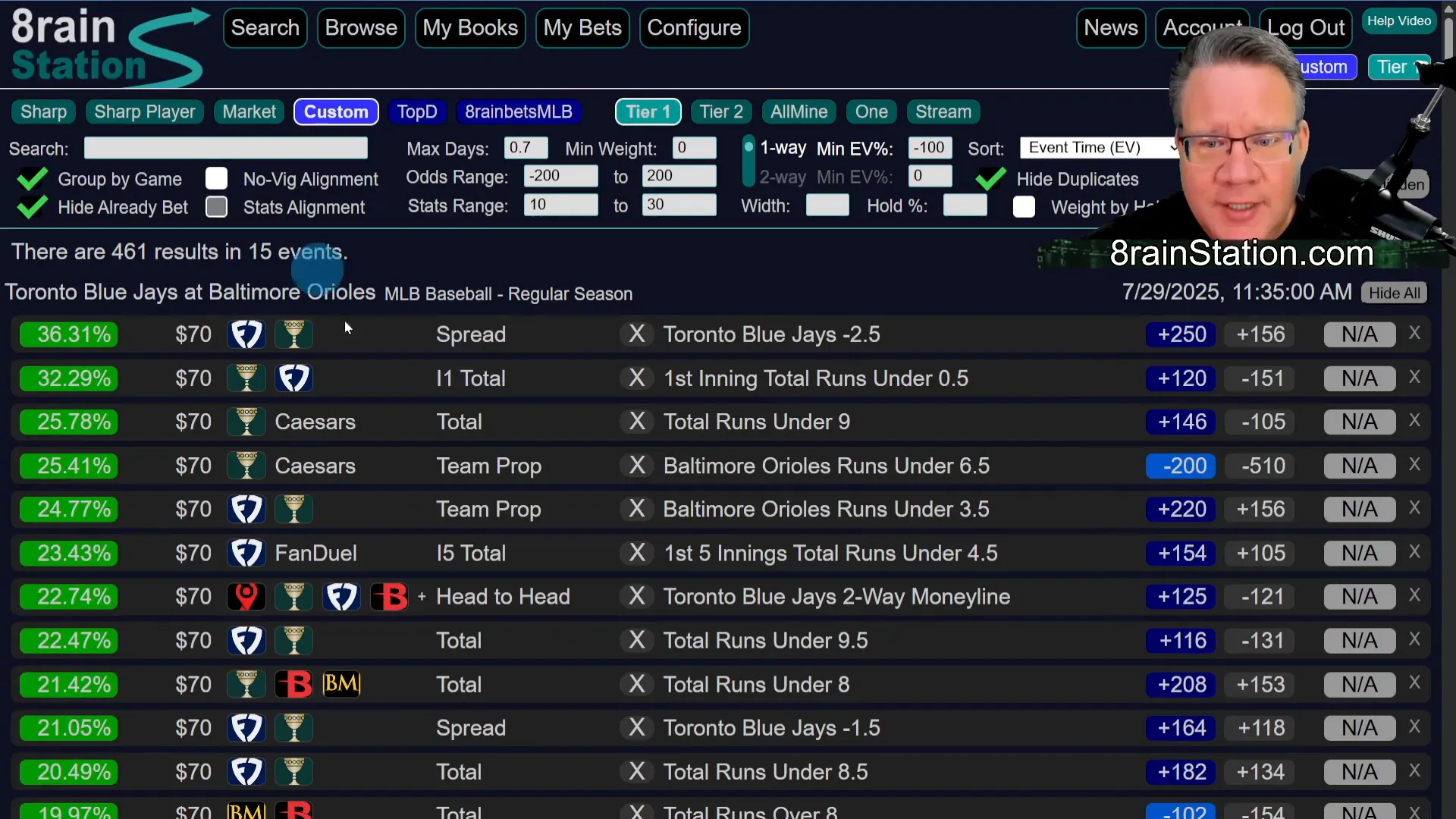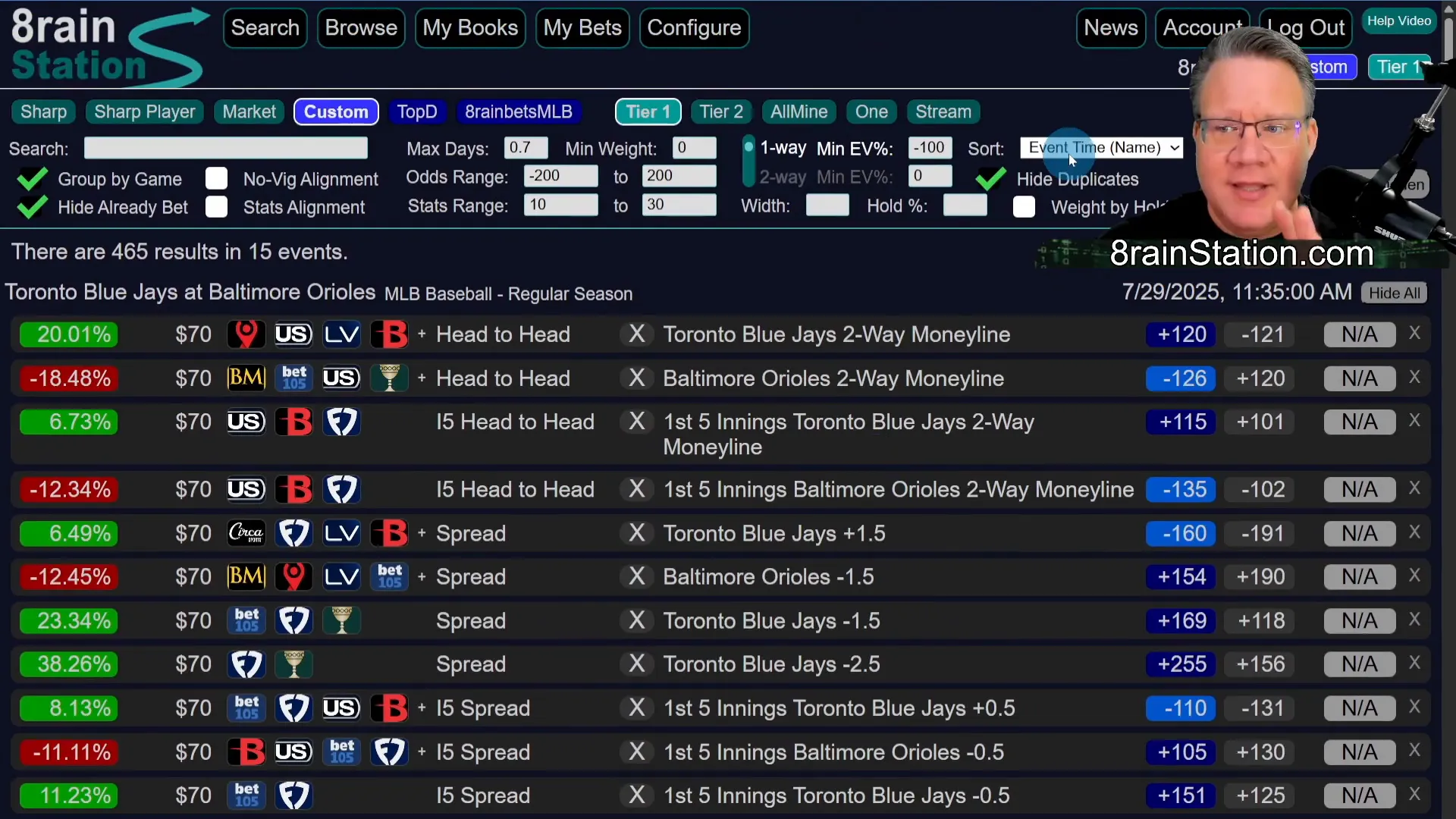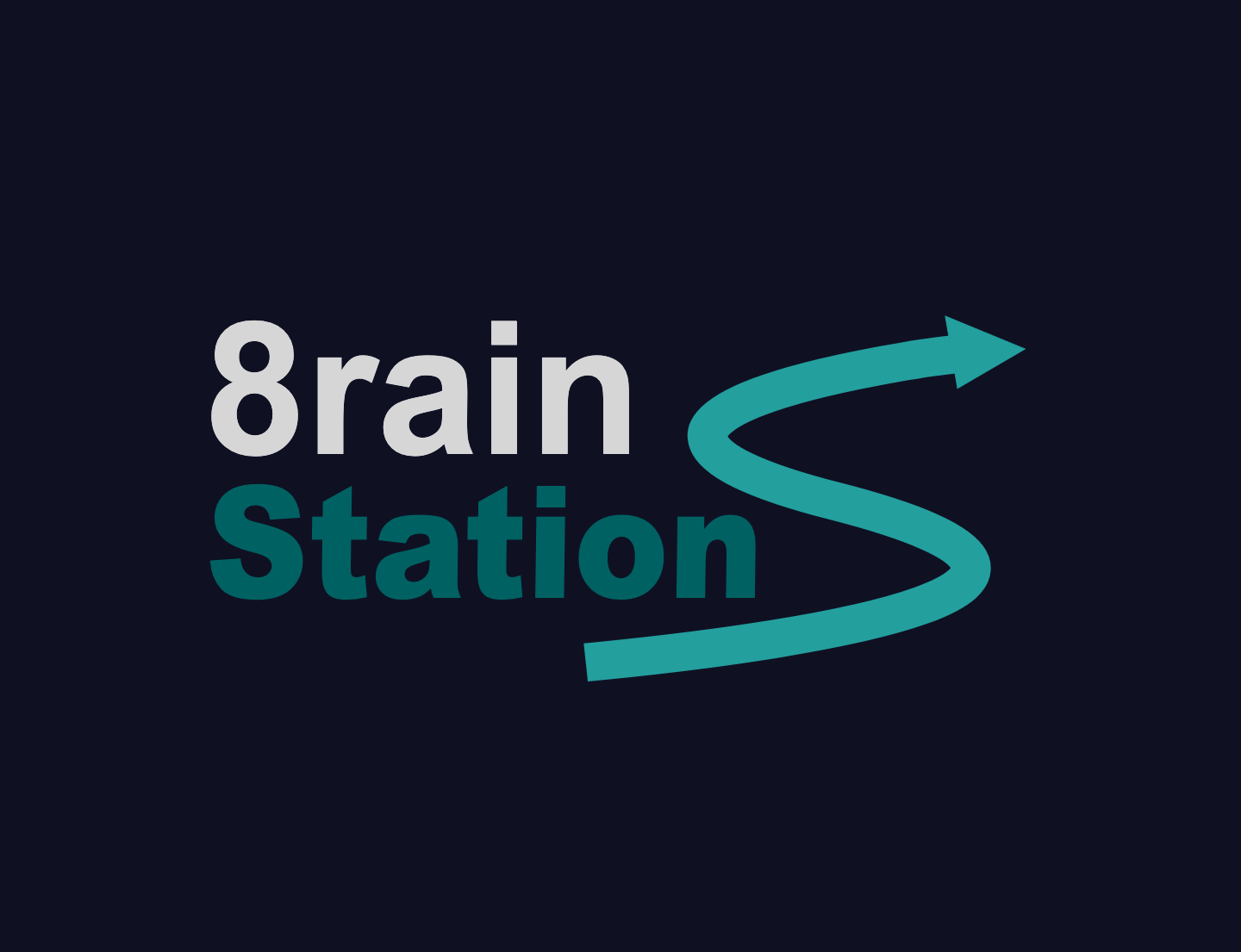Sports betting is evolving. If you’ve been a positive expected value (EV) bettor relying on traditional methods, it’s time to rethink your approach—especially when working with origination models. In this article, I’ll walk you through the essentials of using origination models effectively, focusing on my MLB model recently made available. Whether you’re new to using models or looking to sharpen your strategy, this guide will help you move beyond the simple “bet the bigger number” mindset and develop a smarter, more nuanced approach to betting.
Understanding the Shift: From Traditional Positive EV to Origination Models
For years, positive EV bettors have thrived by finding price discrepancies—carving off edges from inefficient sportsbooks. The basic idea: if the true odds of an event happening are better than what the market offers, you bet. Simple, right? But here’s the catch: the market is getting smarter, more liquid, and more efficient every day. The old-school approach of just grabbing the best prices won’t be as effective anymore because thousands of bettors are doing the exact same thing.
Origination models offer a different lens. Instead of blindly chasing the biggest number, these models give you a unique, bottom-up perspective on what’s likely to happen in a game. They provide a baseline—an estimate of the true probabilities based on deep data analysis, player projections, situational factors, and more. This is your edge: a perspective that the market might not fully reflect.
What Is a Bet With Edge?
Before diving into how to use a model, it’s crucial to understand what a bet with edge truly means. A bet with edge occurs when you have a price that is better than the actual odds of the event happening. For example, if the true odds of an event are a coin flip (+100), and you get offered +110, that’s a positive EV bet.
Positive EV bettors rely on the premise that the market, while efficient to a degree, still offers opportunities where you can find better prices than the true likelihood. However, as sportsbooks become more sophisticated, this “carving off the price” strategy alone is insufficient. You need a model that sees beyond the market’s surface.
The Market vs. The Model: What Each Does Best
The Market’s Strengths
The market excels at aggregating a vast array of information—news, injuries, weather, and betting patterns—and quickly reflecting it in prices. Sharp bettors and syndicates react instantly to fresh information, making markets efficient in many respects.
However, markets tend to overreact. Just like the stock market, they often swing too hard on breaking news and then settle back. This overreaction creates opportunities for bettors with a steady, analytical approach.
The Model’s Strengths
Origination models shine by providing a noise-free baseline. They don’t chase every bit of breaking news or social media chatter. Instead, they focus on forward-looking projections based on player performance, situational factors, and historical data. This helps smooth out the market’s emotional swings and offers a stable view of what should happen under normal conditions.
For example, when a star player like Aaron Judge gets injured, the market might overvalue the impact in the short term. A well-designed model will factor in his absence but balance it against the overall team context and expected performance over the rest of the season, providing a more calibrated perspective.
How to Use an Origination Model Effectively
Using a model isn’t about blindly betting every line that shows a discount or premium. The numbers you see from the model represent where the market may be undervaluing or overvaluing a particular outcome compared to the model’s baseline—not guaranteed edges.
Here’s what you need to do:
- Understand the baseline: The model gives you a neutral, data-driven estimate of what’s likely to happen.
- Compare the market price: Identify where the market is deviating significantly from this baseline.
- Analyze context: Look beyond the numbers—consider lineups, pitching matchups, weather, game location, and other situational factors.
- Identify overreactions: Determine where the market might be overreacting or underreacting to recent events or short-term trends.
- Selective bet placement: Don’t bet everything that looks good on paper. Be strategic and selective to maximize your long-term profitability.
Common Market Biases to Watch For
One of the most consistent patterns is the market’s preference for overs. The public loves scoring and excitement, so overs tend to be priced more aggressively, while unders are often underrepresented. Your model will often flag unders as having value, and these can be smart plays.
Additionally, markets tend to overweight recent performance—what happened in the last few days—rather than the bigger picture. Your model should incorporate forward-looking projections to counterbalance this recency bias.
Practical Walkthrough: Using the Model in the 8rain Station
Let’s look at a real example from a slate featuring the Toronto Blue Jays and Baltimore Orioles. In the 8rain Station, I run a search that shows all possible plays, highlighting where the market is likely discounting or adding a premium compared to the model’s baseline.

Notice that the “positive EV” plays here don’t mean guaranteed profits—they show where the market price differs from the model’s estimate. This is a critical distinction. You cannot just bet every green number. You have to assess where the market is likely wrong and where the model’s baseline holds up.
For example, the market might be heavily favoring the Blue Jays to score runs, but the model suggests the Orioles have a better chance than the market reflects. This doesn’t mean the market is necessarily wrong—it just has its own information and biases. Sometimes, I’ll take some of those market-favored plays, but selectively and with caution.
Lineup and Situational Awareness
Before placing any bets, always check the latest lineup and pitching information. Doubleheaders, pitcher changes, or weather can all drastically affect outcomes and model accuracy. The model is a tool, not a crystal ball.
In the example, I might avoid laying a big spread on the Blue Jays minus 2.5, even if it looks good on paper, because the Orioles’ poor form might be overvalued by the market. Conversely, I would consider first-inning totals or under bets on Orioles runs, given their struggles and the price premium available.
Integrating Model Betting with Top-Down Analysis
The beauty of using the 8rain Station is that it allows you to combine bottom-up origination model insights with top-down market analysis. You can overlay the model’s baseline with market prices and other external information, creating a hybrid strategy that is more robust than relying on either approach alone.
For instance, if your top-down approach suggests the overs are likely to hit due to weather and pitching matchups, but your model shows unders as undervalued, you can weigh these perspectives and decide whether the market has overreacted, or if the model is missing something.

Risk Management and Bet Selection
It’s crucial to tailor your bet selection to your risk tolerance. I personally avoid betting on heavy favorites or long shots beyond a 2-to-1 underdog, as these often come with too much premium or risk. Instead, I focus on a range of bets that offer a reasonable balance of risk and reward.
Also, don’t fall into the trap of betting too many correlated plays or “green lights” on the model. You want a diversified portfolio of bets, usually around 10 per game, to spread your risk and capitalize on different opportunities.
Remember, sports betting isn’t a “set it and forget it” game. It’s a puzzle with nested layers of information and nuance. Your job is to identify truly advantageous situations where the market misprices the odds, not just to chase every number that looks good superficially.
Getting Started with Your Own Model or 8rain Station
You don’t need to build your own model from scratch to benefit from this approach. The 8rain Station lets you upload any origination model in the right format and analyze it effectively. It’s designed to customize your experience and make complex data accessible and actionable.
For those who create their own models, the platform even offers tools to sell your model to others, making it easier to monetize your work. This collaborative ecosystem helps more bettors access unique perspectives and sharpen their edge.
Final Thoughts: The Power of Thoughtful Model Betting
Sportsbooks are experts at taking every advantage they can get from bettors. To fight back, you need more than just a model; you need a strategy that combines data-driven baselines with sharp market awareness and thoughtful bet selection.
Here’s a quick takeaway checklist for successful model betting:
- Understand what the model baseline represents and how it differs from market prices.
- Use the model to identify where the market is likely overreacting or underreacting.
- Incorporate situational factors like lineups, pitching, and weather before placing bets.
- Be selective—don’t bet every perceived edge; focus on quality over quantity.
- Manage your risk by avoiding extreme favorites or underdogs with poor value.
- Combine bottom-up model insights with top-down market analysis for a hybrid approach.
- Continuously adapt and never “set it and forget it.” Betting is an ongoing puzzle.
By following these principles, you’ll be better equipped to find real edges and increase your chances of winning over the long term.
If you’re interested in learning more or want to get started with powerful analytics software, check out the 8rain Station membership to access cutting-edge tools and join a community of serious bettors.
For more insights, tutorials, and daily betting strategies, visit 8rain Station Videos and join our Free Discord Community.
Remember, smart betting is about more than just numbers—it’s about understanding the full context, recognizing market behavior, and making informed decisions. Use your model wisely, stay disciplined, and bet like a pro.
Get a Fair Fight with Sports Books! |
|
Become an 8rain Station Member |
| Join |
